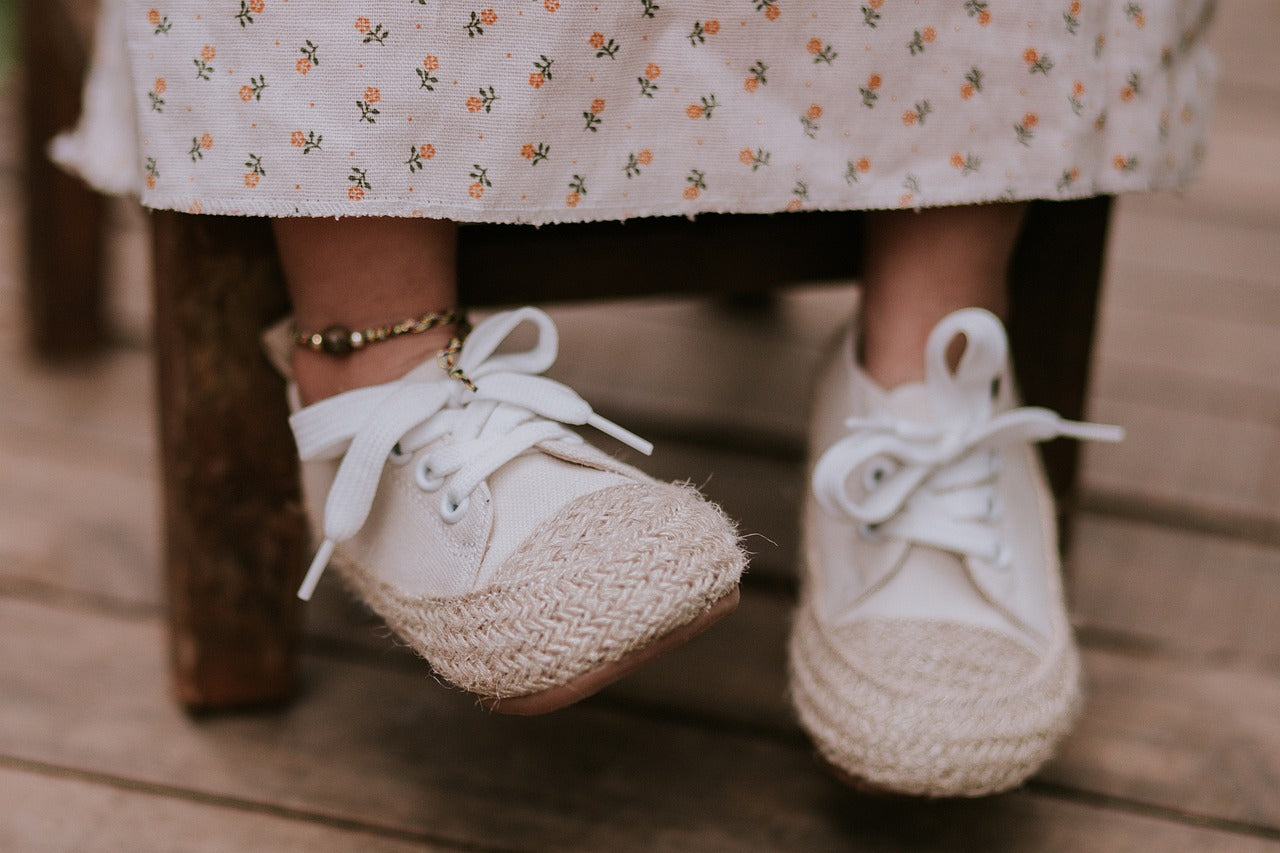Customizing baby shoes with paints is a charming and creative way to add a personal touch to your little one’s wardrobe. Whether you’re crafting a unique keepsake, designing a thoughtful gift, or simply unleashing your artistic side, hand-painted baby shoes are an excellent way to showcase creativity and love.
This guide will walk you through the entire process, from choosing the right materials to mastering painting techniques, ensuring your custom baby footwear turns out beautifully and lasts for years. With the right approach and a bit of imagination, you can create adorable, personalized shoes that will be cherished as timeless treasures.
Overview on Customizing Baby Shoes
Customizing baby shoes with paints is a delightful and creative way to add a personal touch to a child’s wardrobe. This fun project allows parents, artists, and hobbyists to create unique designs that reflect personal tastes and styles. Whether as a memorable keepsake or a thoughtful gift, hand-painted baby shoes are a testament to creativity and care.
Benefits of Personalizing Baby Shoes
Personalized baby shoes are more than just fashion statements. They’re keepsakes that can be cherished for years to come, immortalizing the early stages of a child’s life. Custom baby footwear also makes for exceptional gifts at baby showers or birthdays, showing thoughtfulness and effort that store-bought items cannot match.
Choosing the Right Materials
The first step in creating painted baby shoes is selecting the right materials. The type of shoe and the painting supplies you use will significantly impact the outcome and durability of your project.
Suitable Shoe Types
-
Canvas Shoes: Ideal for beginners due to their absorbent surface that works well with most paints.
-
Leather Shoes: Perfect for more intricate designs and high durability. Use leather-specific paints to prevent cracking.
-
Synthetic Shoes: These require specialized paints designed for plastic or synthetic materials to ensure adhesion.
Necessary Supplies
-
Paints: High-quality acrylic paints or fabric paints are versatile and vibrant.
-
Brushes: A variety of brushes, from broad for base coats to fine-tipped for details, are essential.
-
Painter’s Tape: For clean lines and protecting areas you don’t want painted.
-
Sealants: Products like Mod Podge or spray sealants help protect the paint from wear and tear.
-
Additional Tools: Stencils for complex designs, water for cleaning brushes, and a palette for mixing colors.
Preparing the Shoes for Painting
Preparation is key to ensuring the paint adheres properly and lasts over time. Follow these steps to prepare your baby shoes for a flawless finish:
-
Clean the Shoes: Remove dirt and oils using a damp cloth. For leather shoes, a specialized leather cleaner works best.
-
Dry Thoroughly: Ensure the shoes are completely dry before painting to avoid smudging or uneven application.
-
Remove Laces: Taking out the laces ensures they remain clean and provides easier access to the shoe’s surface.
-
Tape Off Areas: Use painter’s tape to cover areas such as soles or logos that you want to keep unpainted.
Design and Planning
Before diving into the painting process, planning your design can save time and ensure a professional finish.
Sketching Your Ideas
-
Lightly sketch your design onto the shoes using a pencil. This step allows you to adjust placements and refine details before applying paint.
Choosing Colors and Patterns
-
Consider a color scheme that complements the shoe’s base color.
-
Experiment with patterns like polka dots, stripes, or floral motifs for added flair.
Using Stencils
-
For complex or symmetrical designs, stencils can provide precision and consistency. Secure them firmly to avoid shifting while painting.
Painting Techniques
The painting process requires patience and attention to detail. Follow these steps for a smooth experience:
-
Apply Base Coats: Begin with thin, even layers to prevent cracking. Allow each coat to dry before adding another.
-
Add Details: Use fine brushes or paint pens for intricate designs. Work in sections to maintain focus and accuracy.
-
Experiment with Textures: Techniques like sponging or blending can add depth and character to your design.
-
Layer Colors Carefully: Let each layer dry completely before adding new colors to avoid smudging.
Drying and Sealing
Proper drying and sealing are crucial for ensuring the longevity of your painted baby shoes.
Drying Tips
-
Allow shoes to dry in a well-ventilated area for several hours.
-
Avoid direct sunlight or high humidity to prevent cracking or discoloration.
Applying Sealants
-
Use a brush-on or spray sealer to protect the paint. Products designed for fabric or leather are best suited for this task.
-
Apply thin, even coats and allow each layer to dry completely. Sealants not only preserve the paint but also make the shoes water-resistant.
Aftercare and Maintenance
Proper care can extend the life of your hand-painted baby sneakers:
-
Cleaning: Wipe gently with a damp cloth. Avoid harsh chemicals that may damage the paint.
-
Storage: Store the shoes in a dry, cool place to prevent fading or cracking.
-
Touch-Ups: Keep leftover paint for minor repairs if needed.
(Source: @abbys.customs)
Customizing baby shoes with paints is a rewarding and creative endeavor that allows you to craft unique pieces filled with love and personality. From selecting materials to sealing your designs, each step adds to the joy of creating a keepsake or a perfect gift. Whether you’re a seasoned artist or a curious beginner, this project is a delightful way to express creativity.
For those looking for professional-quality paints and tools, explore Angelus Direct’s wide range of products tailored to meet all your customization needs. Angelus Direct offerings ensure exceptional results, making them a top choice for DIY enthusiasts and professionals alike.
FAQs
1. How to fix mistakes during the painting process?
Mistakes can often be corrected by lightly sanding the area once the paint has dried, then repainting over it. Using high-quality paints from Angelus Direct can make the correction process easier.
2. Can these techniques be applied to adult shoes?
Absolutely! The same principles apply, with adjustments for larger surfaces and potential material differences.
3. How long do I need to wait before the shoes are wearable?
Allow at least 24-48 hours for the paint to cure fully. Applying a sealant can further protect the design and speed up the curing process.
4. What are the best paints for leather versus canvas shoes?
For leather shoes, use flexible acrylic paints designed for leather. For canvas, standard acrylic or fabric paints work best.
5. Are there non-toxic paint options for baby shoes?
Yes, there are non-toxic acrylic and fabric paints available that are safe for use on baby shoes. Always check the label to ensure safety for children’s items.

